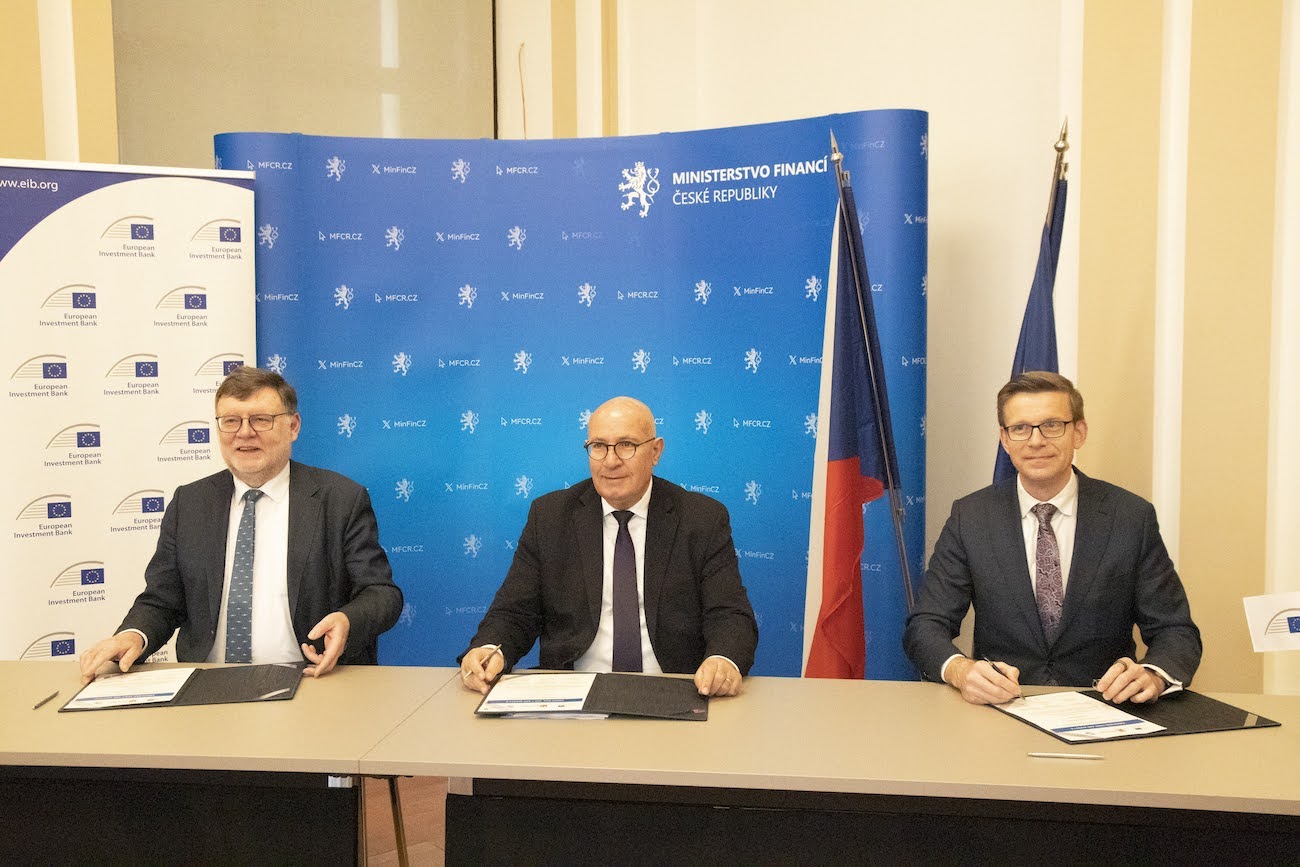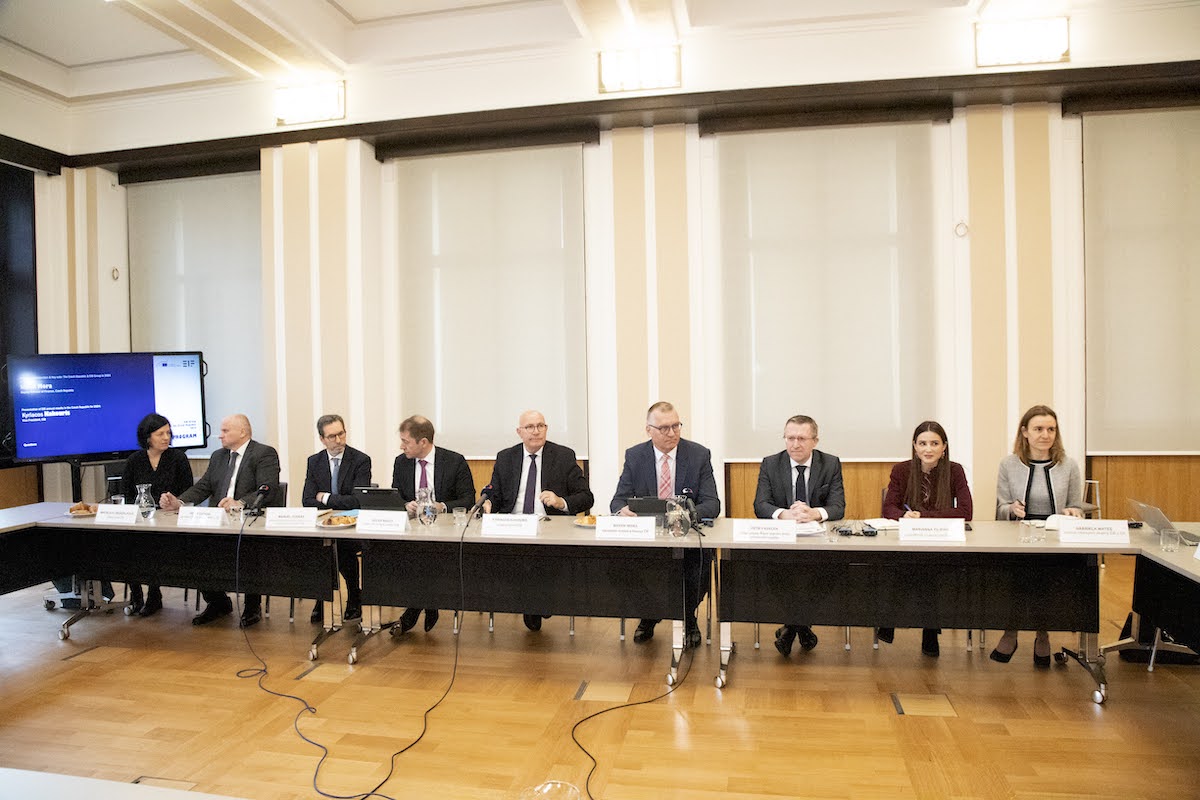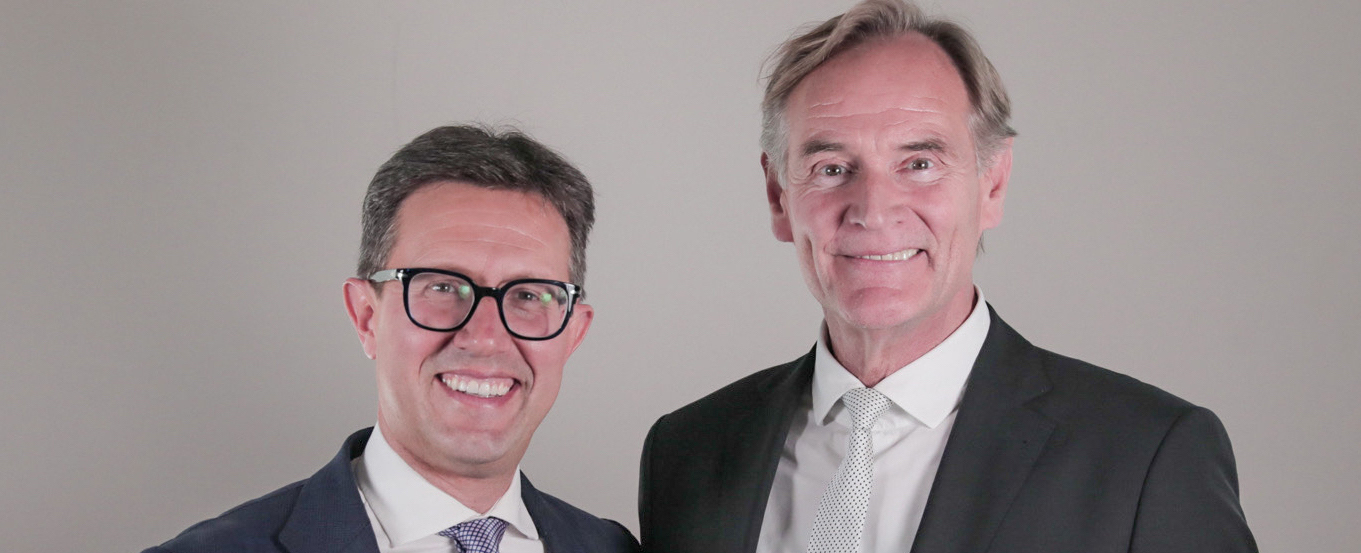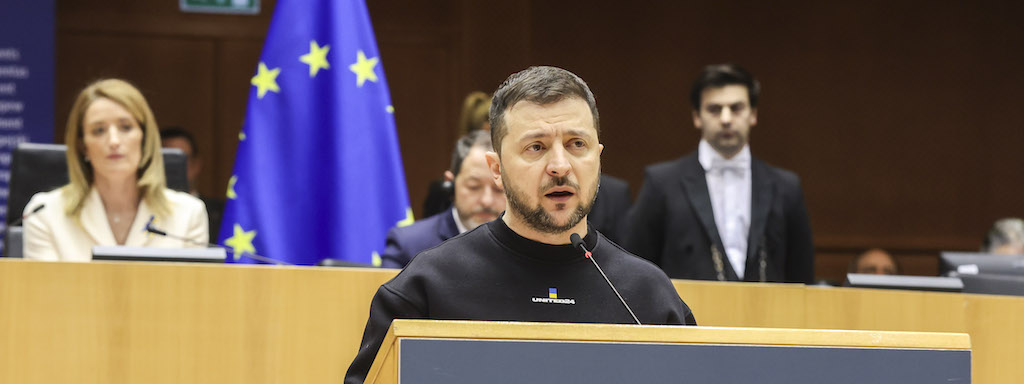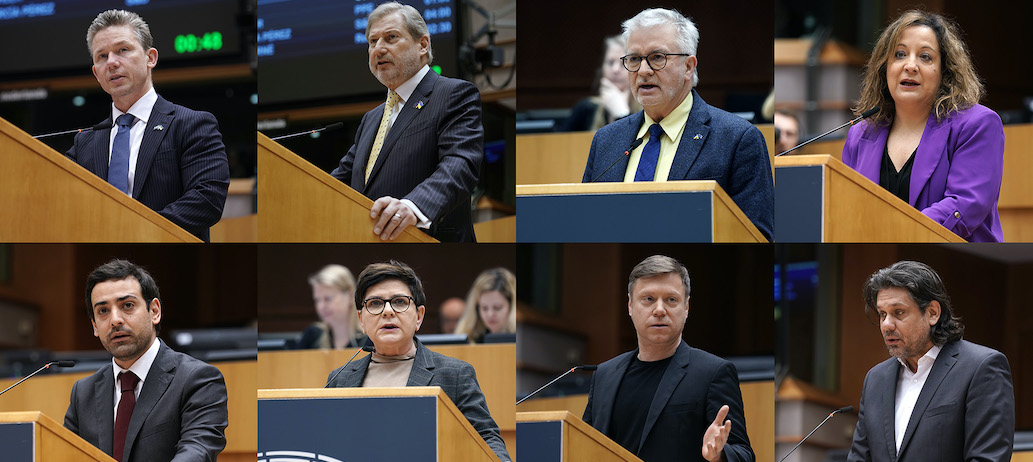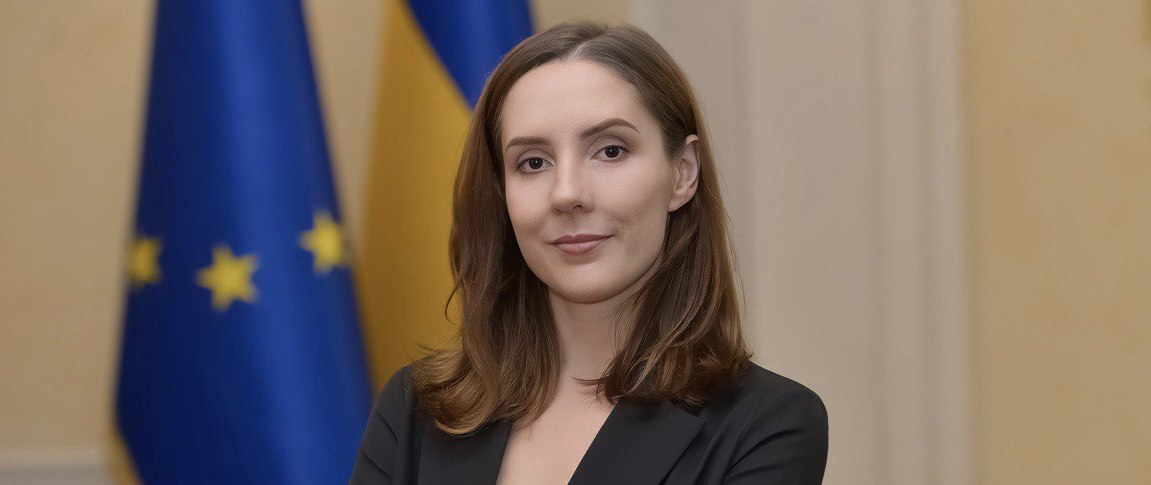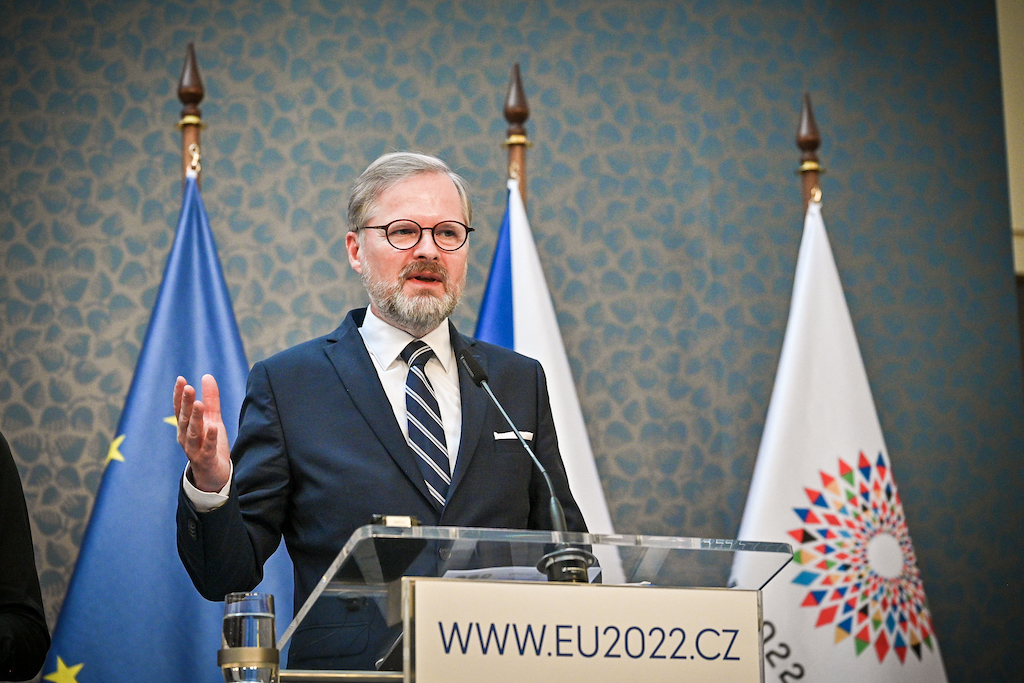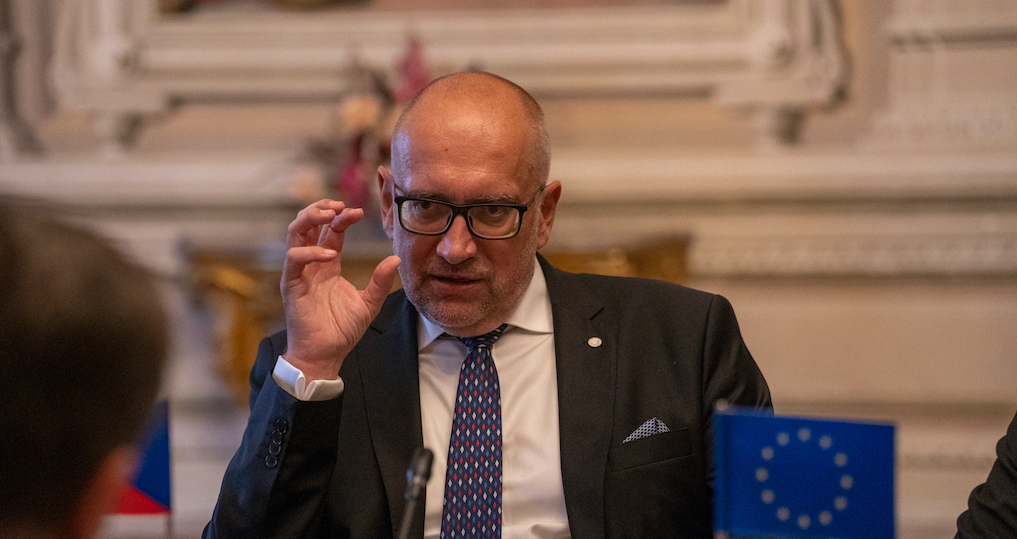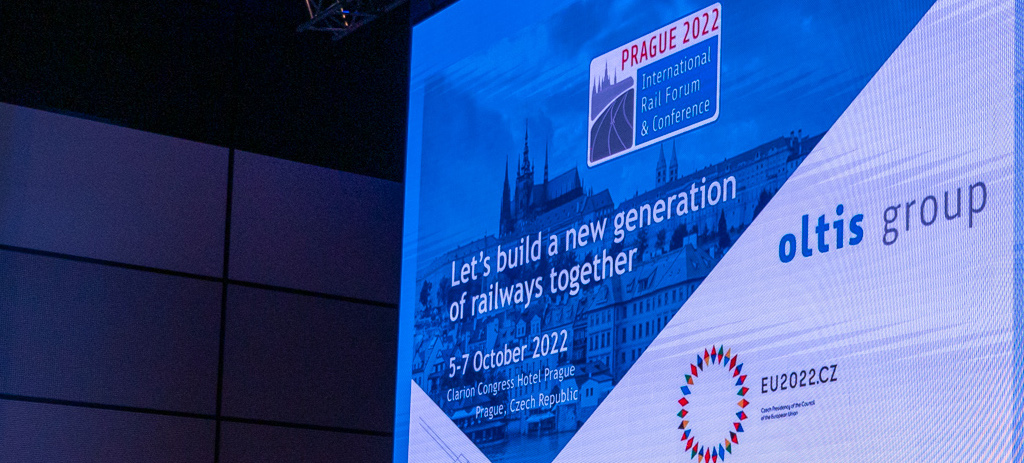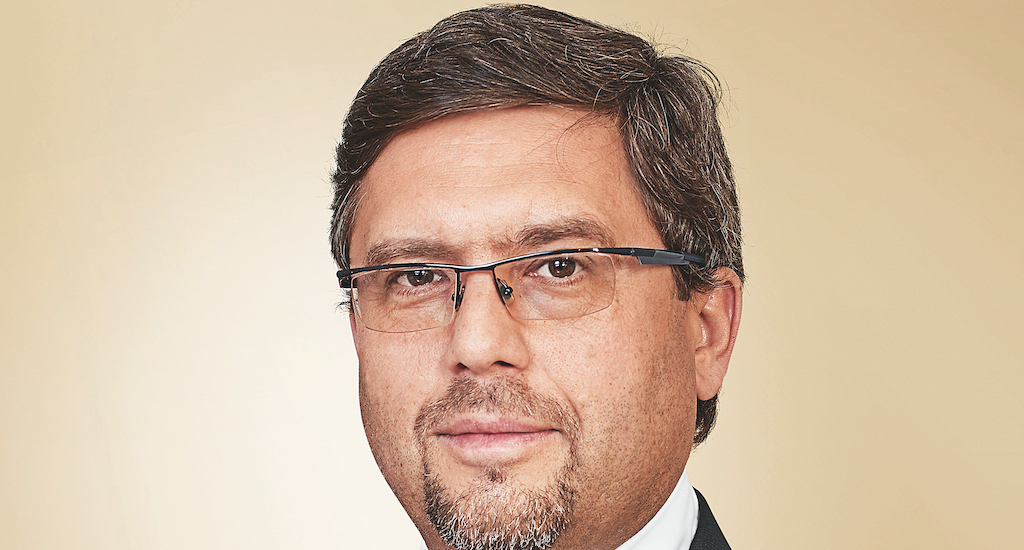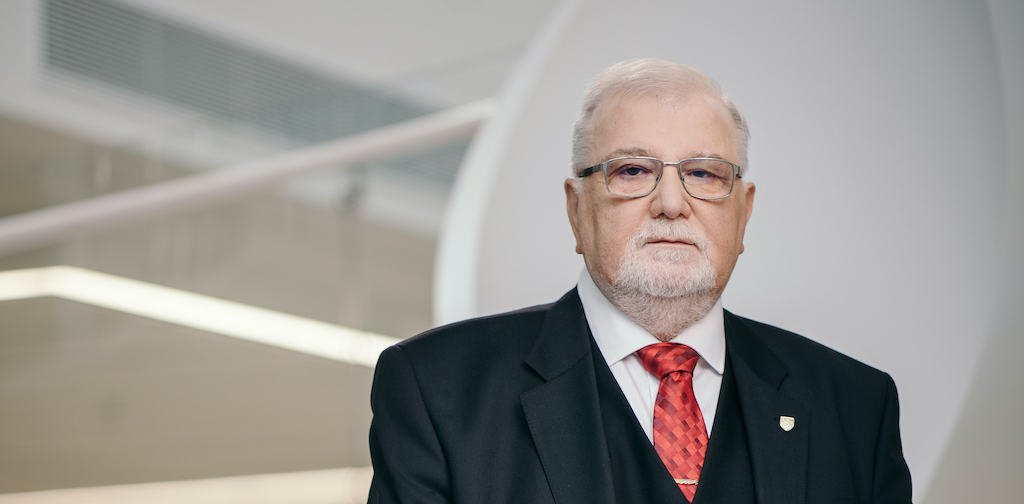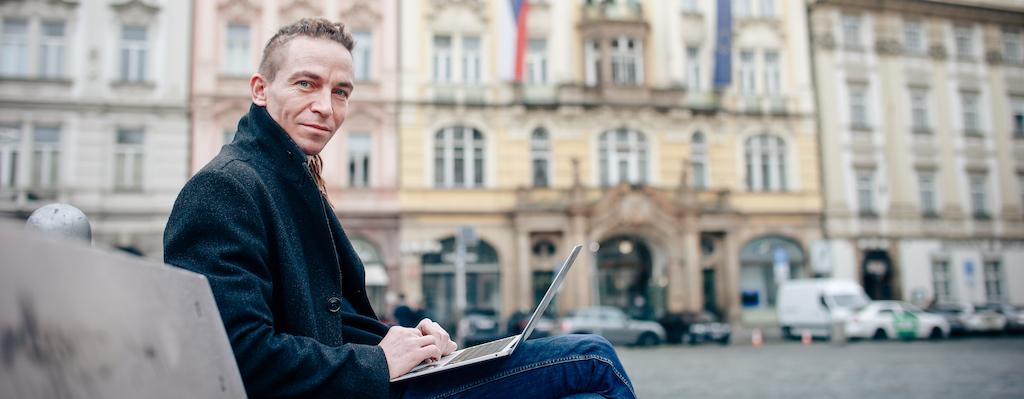
How does Europe benefit your city?
It benefits it with technical and financial support. It is 3 Million euros minimum that will be invested by the EU between 2014 and 2020 in the territory of our agglomeration. These funds are used for urban renewal in priority neighbourhoods or, for example, to fund the creation of a Nursing Home and thus meet the maintenance of nursing care throughout the city. EU aid is also deployed to preserve and improve our surroundings and our living environment (flood prevention, development of cycle paths). Finally, it supports the most innovative projects of local SMEs and promotes exchanges between high school students and students from private and public institutions in La Roche-sur-Yon (Erasmus +).
As a local elected representative, what are your expectations of the European institutions?
I could summarize them under a general formula of “make our life easier!” This can be characterized in many ways. Firstly by reducing the publication of excessively pernickety standards and, as a result, largely unsuited to “real life” in any case to the day-to-day management of a city like La Roche-sur-Yon. Then, by giving us much more legibility in the financial support. We must thank the EU for the help it provides to a community like ours, but is it really necessary to be so procedural, so complex and administrative in a caricatured way? To standardize is to simplify, not to complicate, it seems to me.
Why must European funds be saved for all regions?
Cohesion policy represents the added value of Europe and the realization of the values of solidarity and fairness for most project leaders and European citizens. As a beneficiary and intermediary organization, our agglomeration wishes to affirm its conviction that the funds must be maintained in order to reinforce the attractiveness and development of our territory. According to the Eurobarometer 452 on Regional Policy of June 2017, more than three out of four European citizens consider that EU regional investments have a positive impact on their city or region. In addition, the FESIs have contributed significantly to reducing greenhouse gas emissions through energy retrofit projects and soft modes of transport, as well as to projects for the most vulnerable neighbourhoods and the most vulnerable people. Nursing homes were created, job seekers accompanied and neighbourhood entrances restored. We therefore hope that the EU will renew the EFSF in these areas in particular, as well as the demographic stakes, as the population of older people will grow strongly in the years to come.




